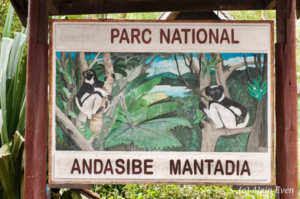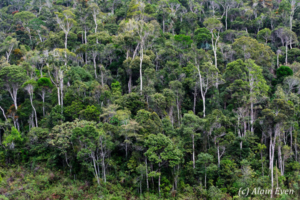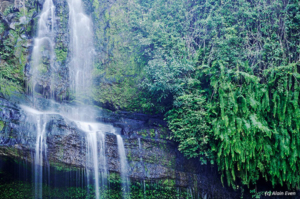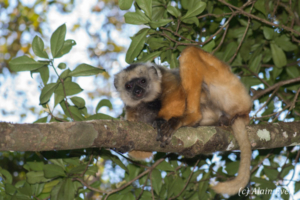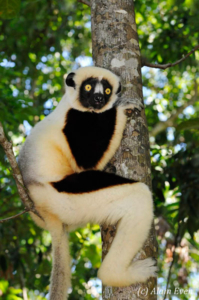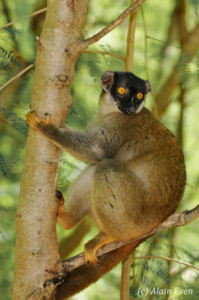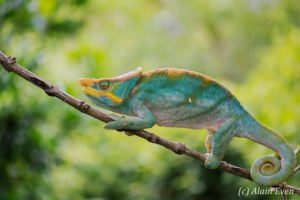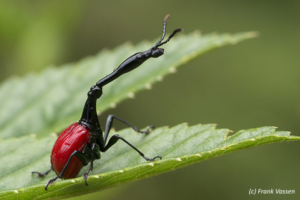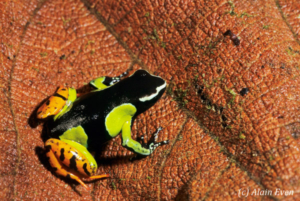Andasibe-Mantadia National Park
The Andasibe-Mantadia National Park is a protected area created in 1989 and composed mainly of tropical primary forests of medium altitude (900 to 1,250 metres) in the eastern part of Madagascar. It is the kingdom of lianas, mosses, ferns and about a hundred species of orchids. Many species of biodiversity shelter in this dense and humid forest, including very rare endemic species and endangered species. 77% of the flora, more than 80% of the fauna, and 58% of the birds are endemic species.
The national park is home to 108 species of birds, 72 species of mammals including 14 species of lemurs, 51 species of reptiles, 84 species of amphibians, and 350 species of macro-insects.
The park consists of the Special Reserve of Analamazaotra (810 ha) and the Reserve of Mantadia (15,500 ha).
The Special Reserve of Analamazaotra, also known under the old French name of Périnet, was specially designed to house several families of Indri indri – the largest of the primates of Madagascar, able to measure up to 1m in length, and reputed to make quite impressive cries. Living in groups of 2 to 5 individuals and in critical danger of extinction, the Indri indri is the only lemur without tail.
In bamboos, other lemurs such as Gray Hapalemur, Brown Maki, or Tiara Propitheca may also be observed. Finally, there is also the chameleon of Parson, which is the biggest chameleon of Madagascar, plus other more discreet chameleons, small daytime geckos of a fluorescent green, and insects such as the giraffe beetle, etc.
The Mantadia Reserve is a destination for adventurers eager for discoveries in an almost intact primal forest. Accompanied by a guide, it is possible to venture into the heart of this forest to observe a variety of birds and mammals plus reptiles and lemurs. Among other species there are: the Black and White Vari, the Tiara Propitheca, the Wolly lemur, the Red-bellied lemur, the biggest chameleon of Madagascar, and mouse lemurs. Among the reptiles are the Gecko-leafed moss, the Mantella painted frog and one of the smallest chameleons, the Leaf chameleon.
Although the park is especially renowned for its lemur and bird reserve, it is also known for its floral richness. A botanical trail exhibits many species of orchids, tree species, dwarf palms, medicinal plants and arborescent ferns. The best time to discover the flowering of orchids is between October and November. Eucalyptus, bamboo and guava from China complete this floral richness.
Through a marked trail, visitors can also access sacred waterfalls and a natural pool where they can refresh themselves, while respecting the ancestral rites perpetuated by the local population.



